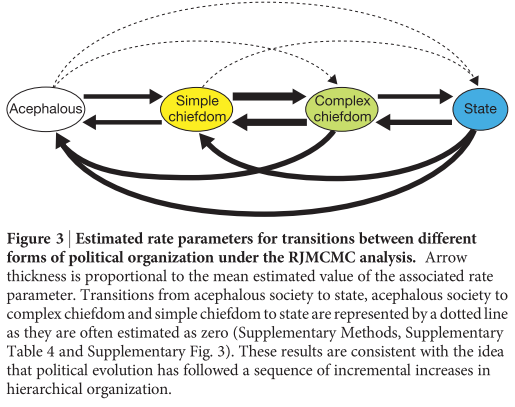I noticed it’s almost been a month since I last posted some links. What this means is that many of the links I planned on posting are terribly out of date and these last few days I haven’t really had the time to keep abreast of the latest developments in the blogosphere (new course + presentation at Edinburgh + current cold = a lethargic Wintz). I’m hoping next week will be a bit nicer to me.
The reality of a universal language faculty? Melodye offers up a thorough post on the whole Universal Grammar hypothesis, mostly drawing from the BBS issue dedicated Evans & Levinson (2009)’s paper on the myth of language universals, and why it is a weak position to take. Key paragraph:
When we get to language, then, it need not be surprising that many human languages have evolved similar means of efficiently communicating information. From an evolutionary perspective, this would simply suggest that various languages have, over time, ‘converged’ on many of the same solutions. This is made even more plausible by the fact that every competent human speaker, regardless of language spoken, shares roughly the same physical and cognitive machinery, which dictates a shared set of drives, instincts, and sensory faculties, and a certain range of temperaments, response-patterns, learning facilities and so on. In large part, we also share fairly similar environments — indeed, the languages that linguists have found hardest to document are typically those of societies at the farthest remove from our own (take the Piraha as a case in point).
My own position on the matter is fairly straightforward enough: I don’t think the UG perspective is useful. One attempt by Pinker and Bloom (1990) argued that this language module, in all its apparent complexity, could not have arisen by any other means than via natural selection – as did the eye and many other complex biological systems. Whilst I agree with the sentiment that natural selection, and more broadly, evolution, is a vital tool in discerning the origins of language, I think Pinker & Bloom initially overlooked the significance of cultural evolutionary and developmental processes. If anything, I think the debate surrounding UG has held back the field in some instances, even if some of the more intellectually vibrant research emerged as a product of arguing against its existence. This is not to say I don’t think our capacity for language has been honed via natural selection. It was probably a very powerful pressure in shaping the evolutionary trajectory of our cognitive capacities. What you won’t find, however, is a strongly constrained language acquisition device dedicated to the processing of arbitrary, domain-specific linguistic properties, such as X-bar theory and case marking.
Babel’s Dawn Turns Four. In the two and half years I’ve been reading Babel’s Dawn it has served as a port for informative articles, some fascinating ideas and, lest we forget, some great writing on the evolution of language. Edmund Blair Bolles highlights the blog’s fourth anniversary by referring to another, very important, birthday:
This blog’s fourth anniversary has rolled around. More notably, the 20th anniversary of Steven Pinker and Paul Bloom‘s famous paper, “Natural Language and Natural Selection,” seems to be upon us. Like it or quarrel with it, Pinker-Bloom broke the dam that had barricaded serious inquiry since 1866 when the Paris Linguistic Society banned all papers on language’s beginnings. The Journal of Evolutionary Psychology is marking the Pinker-Bloom anniversary by devoting its December issue to the evolution of language. The introductory editorial, by Thomas Scott-Phillips, summarizes language origins in terms of interest to the evolutionary psychologist, making the editorial a handy guide to the differences between evolutionary psychology and evolutionary linguistics.
Hopefully I’ll have a post on Pinker and Bloom’s original paper, and how the field has developed over these last twenty years, at some point in the next couple of weeks. I think it’s historical importance will, to echo Bolles, be its value in opening up the field: with the questions of language origins and evolution turning into something worthy of serious intellectual investigation.
Other Links
Hypnosis reaches the parts brain scans and neurosurgery cannot.
Are Humans Still Evolving? (Part Two is here).
The Limits of Science.
On Language — Learning Language in Chunks.
Farmers, foragers, and us.
Tweet This.
On Music and The Brain.
Why I spoofed science journalism, and how to fix in.
The adaptive space of complexity.



